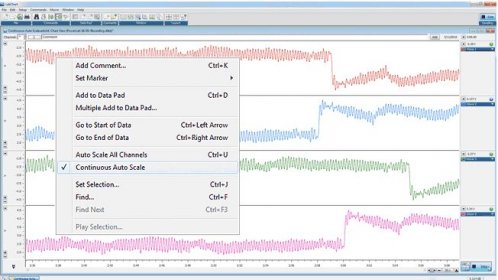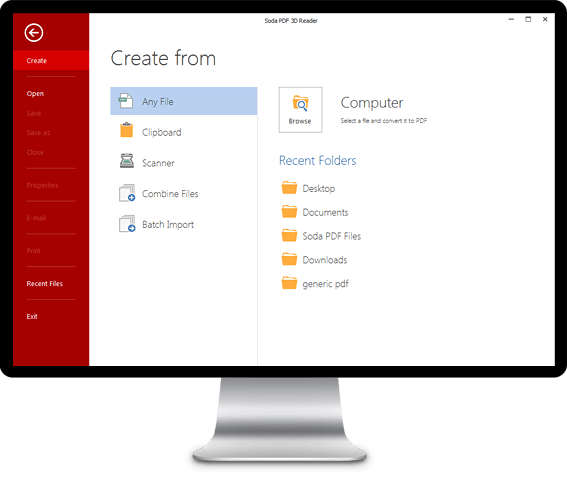
Moreover, the approach proposed is validated by a baseline k-nearest neighbor algorithm and UMAP (uniform manifold approximation and projection) visualization. Consequently, we decided to focus on tri-way reasoning, applying granular computing, and rough sets to knowledge mining. Otherwise, data processing may be time-consuming, decisions may be too slow, or the diagnostic pathway may be affected by a specific component contributing to the overall medical context. Because of COVID-19, determining which should be retained is imperative. Finally, after performing group reasoning, we found that there were many factors collected in diagnostics, which were cost- and time-intensive. Second, this study aims to follow Yao’s three stages of reasoning: perception, cognition, and action (Fig. Simultaneously, group reasoning can be treated as a part of the tri-way conceptual reasoning model proposed by Yao and adopted from Nanay. For example, as we deal with real-world data that contain uncertain or incomplete samples, deep learning was dismissed at the early stage of the analysis, as we needed to obtain a better insight into the analysis beyond quantitative assessment.

Therefore, in the pre-analytic stage, physicians, diagnosticians, and computer scientists were engaged to discuss several possible ways to manage the collected data.
#DIFFERENCE BETWEEN LABCHART AND LABCHART READER HOW TO#
First, it aims to use group reasoning to investigate how to handle data comprising health indicators and breathing signal characteristics and the machine learning approach that should be employed. Based on classification measures, it may be observed that a physician may use such a methodology as a respiratory pattern evaluation-aided method. It may be among the essential findings derived from this study. It was also found that obesity characterized by a high WHR (waist-to-hip ratio) and male sex were predisposing factors for the occurrence of periodic-like or intermediate patterns of respiration. Overall, parameters related to signal analysis are indicated as more important than anthropomorphic features. The presented approach applied to respiratory pattern evaluation shows that median accuracies in a considerable number of cases exceeded 0.75. The proposed methodology was validated employing k-nearest neighbor (k-NN) and UMAP (uniform manifold approximation and projection). Signal attributes and anthropomorphic parameters were explored to develop prediction models to determine the percentage contribution of periodic-like, intermediate, and normal breathing patterns in the analyzed signals. Group decision-making, tri-way reasoning, and rough set–based analysis were applied to granular computing. Consequently, a method that would support a physician in respiratory pattern evaluation should be developed.

There is increasing evidence that abnormal respiratory patterns might contribute to the development and progression of CVD. The described application of granular computing is motivated because cardiovascular disease (CVD) remains a major killer globally.


 0 kommentar(er)
0 kommentar(er)
